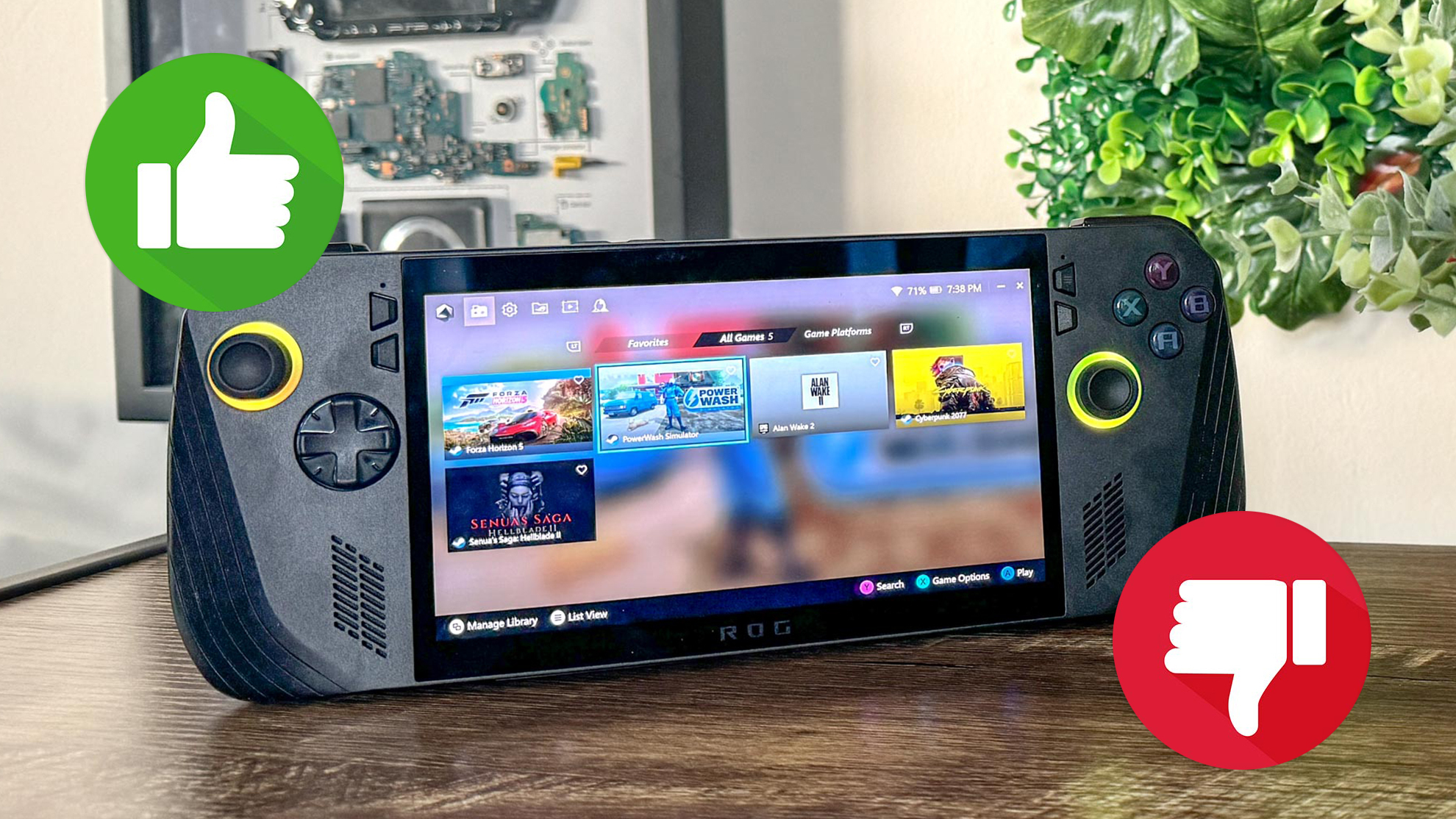
The Asus ROG Ally X is finally out in the wild, which is great news for people looking for one of the best handheld gaming consoles out there running on Windows 11. We heaped Asus’ handheld with praise in our full Asus ROG Ally X review thanks to its updated design, stronger performance and longer battery life. It’s a worthy refresh that both current owners and newcomers should consider buying.
I’ve tested the handheld for nearly a week and agree with our review — the ROG Ally X is an excellent upgrade to the Asus ROG Ally. However, some aspects keep it from perfection. Below, I’ll discuss 3 reasons you should buy the Asus ROG Ally X and 2 reasons you might want to skip it.
Asus ROG Ally X: Reasons to buy
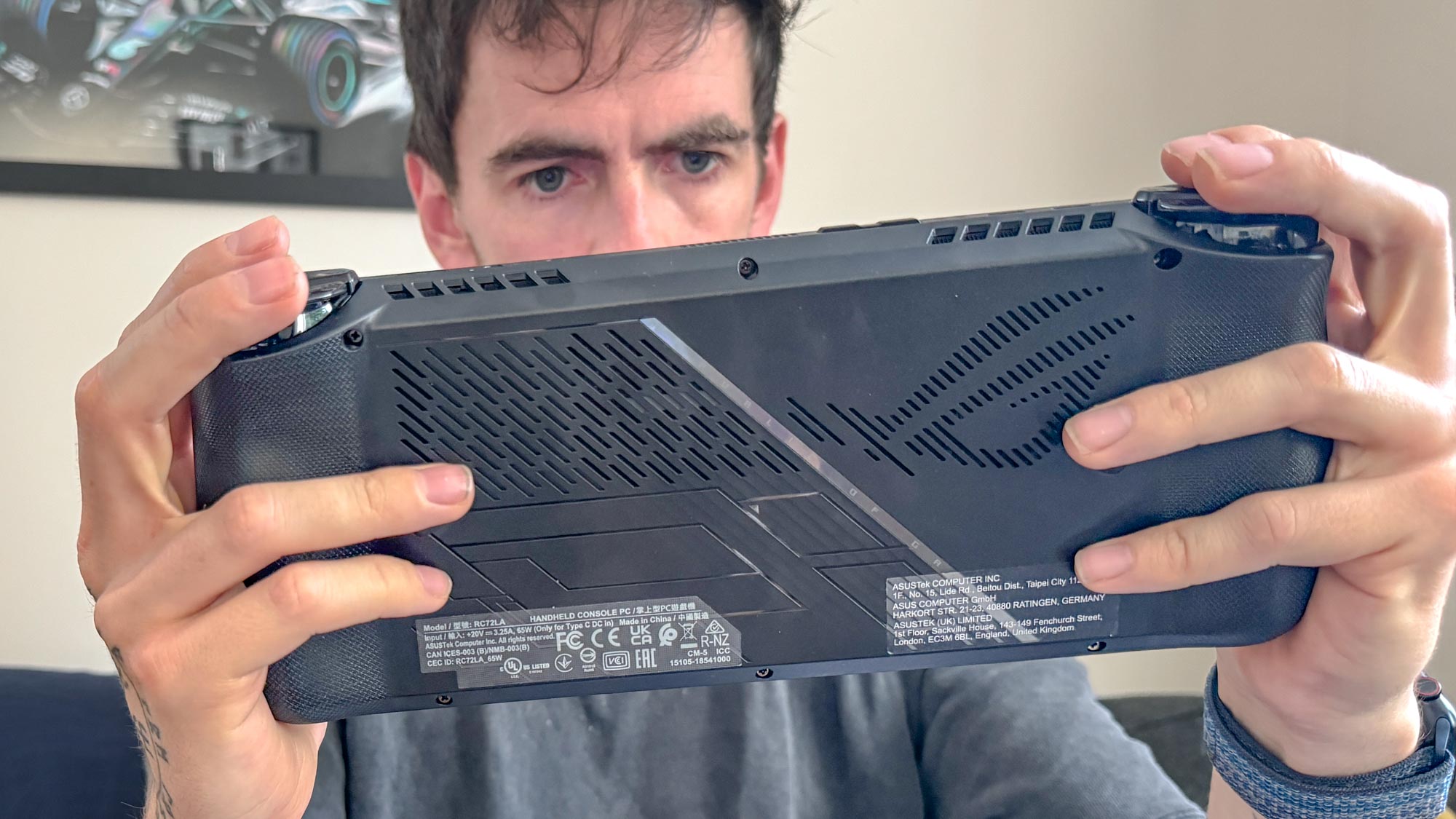
Longer battery life
Where the original ROG Ally had a 40Wh battery, its successor packs a bigger 80Wh battery. Asus claims the new handheld lasts twice as long as before, which makes sense since the new battery is twice as large. Thankfully, that’s exactly the case, based on our testing.
In the PCMark 10 gaming battery life benchmark, the ROG Ally lasted for 1 hour and 43 minutes. I’m pleased to say the ROG Ally X does indeed last twice as long, clocking in at 3 hours and 4 minutes. That might not sound like a lot, but if you’re like me and take a train to work, that’s enough for two trips and a quick gaming session during lunch.
Better performance
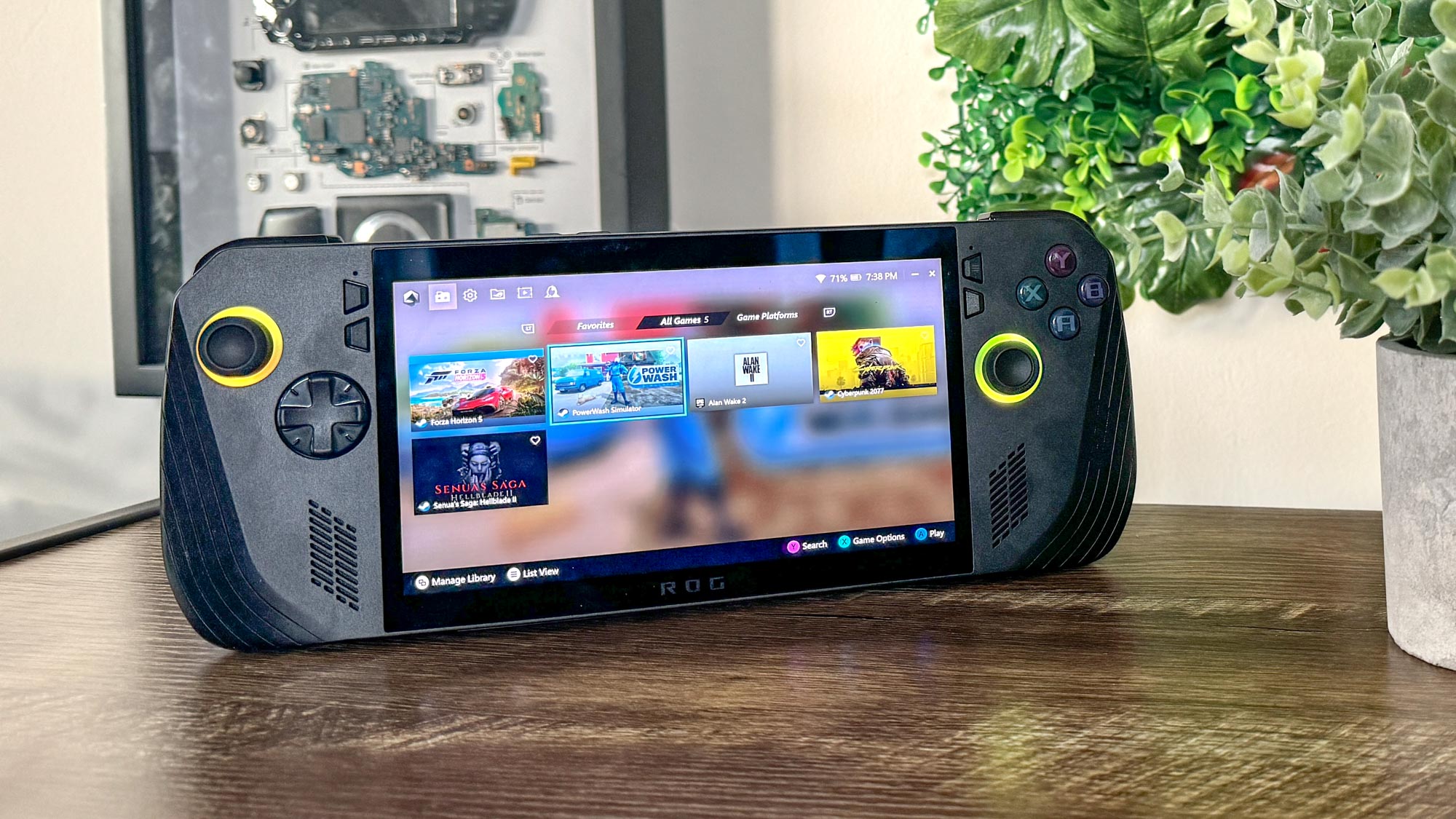
The Asus ROG Ally X utilizes the same AMD Ryzen Z1 Extreme chip as the original. Because of that, the handheld doesn’t offer a major performance boost from before. Still, the bigger battery, faster SSD, and improved cooling help give the machine a marginal performance bump that helps games run smoother than before.
In Doom Eternal, frame rates hovered in the upper 50s and lower 60s at medium settings and 720p resolution. At 1080p resolution and medium settings, frames hovered in the lower and higher 40s. In both cases, frame rates were generally 5 fps higher than on the original ROG Ally. Cyberpunk 2077 ran at a respectable 30 fps in the “Steam Deck” graphical setting. When I turned on FidelityFX Super Resolution (FSR), frame rates comfortably remained in the mid-50s, which is astonishing.
Lastly, frame rates also remain consistent even during extended sessions. The previous ROG Ally had noticeable frame rate drops if you were playing for longer than an hour. That doesn’t happen on the updated handheld.
Ergonomic design
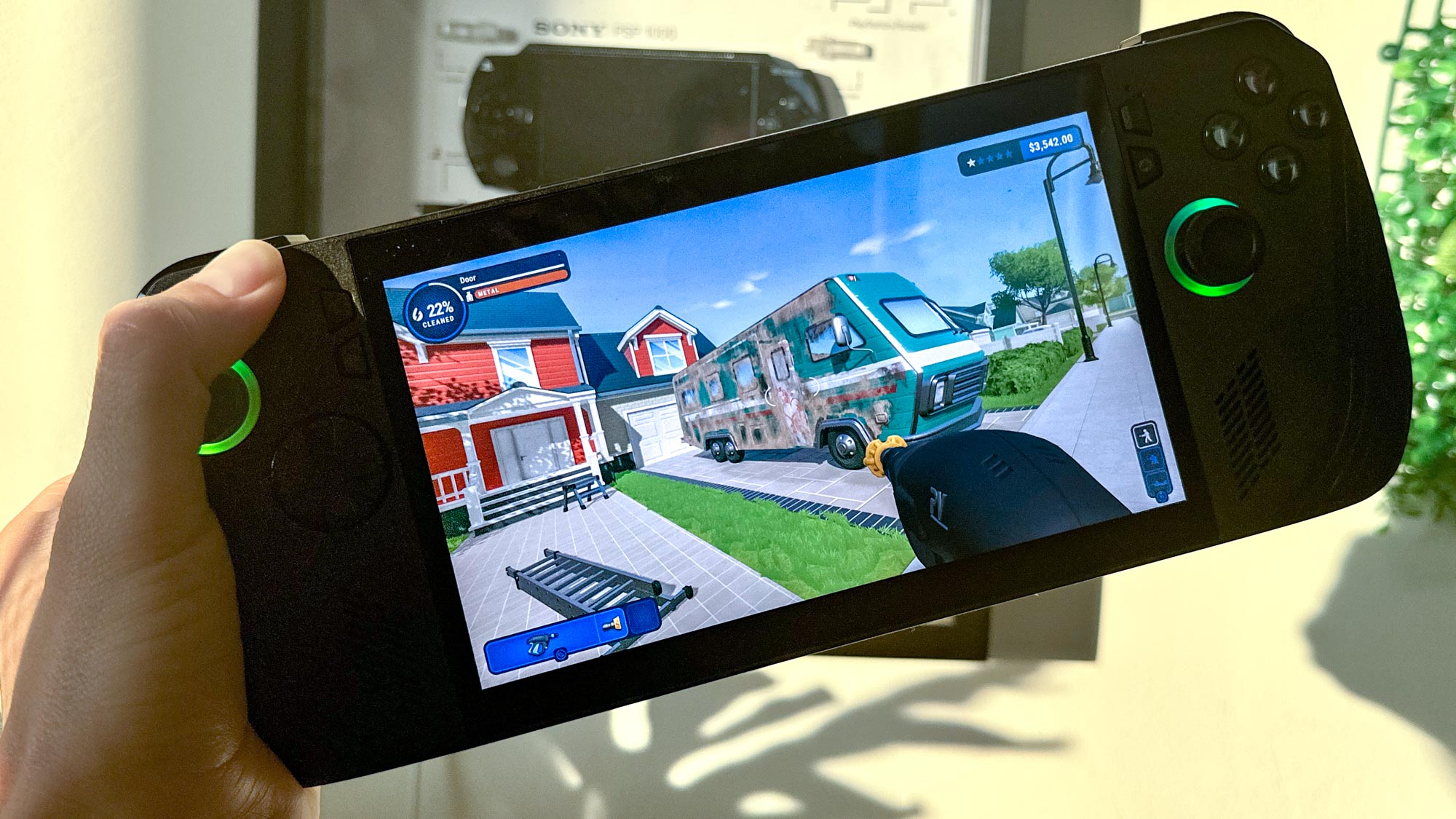
Design-wise, the ROG Ally X isn’t a radical departure from its predecessor. However, the small design tweaks and additional weight help it feel more comfortable to hold for long periods.
The larger battery is the main reason the new handheld is heftier than the first iteration. Thankfully, the added weight helps the ROG Ally X not feel like a toy. It’s heavier enough to feel more premium but not so heavy that it becomes a chore to hold like the Legion Go. The smart weight distribution also keeps this machine from feeling like dead weight.
Button placement isn’t different from before but the buttons and analog sticks feel more responsive. Face buttons are sturdier and clickier while the shoulder buttons (particularly the triggers) have a little more resistance. The new d-pad, with its pronounced up, down, left and right buttons, is much better for playing fighting games like Street Fighter 6. Unfortunately, the tiny back buttons are worse than before since they feel like small knobs instead of proper buttons.
Asus ROG Ally X: Reasons to skip
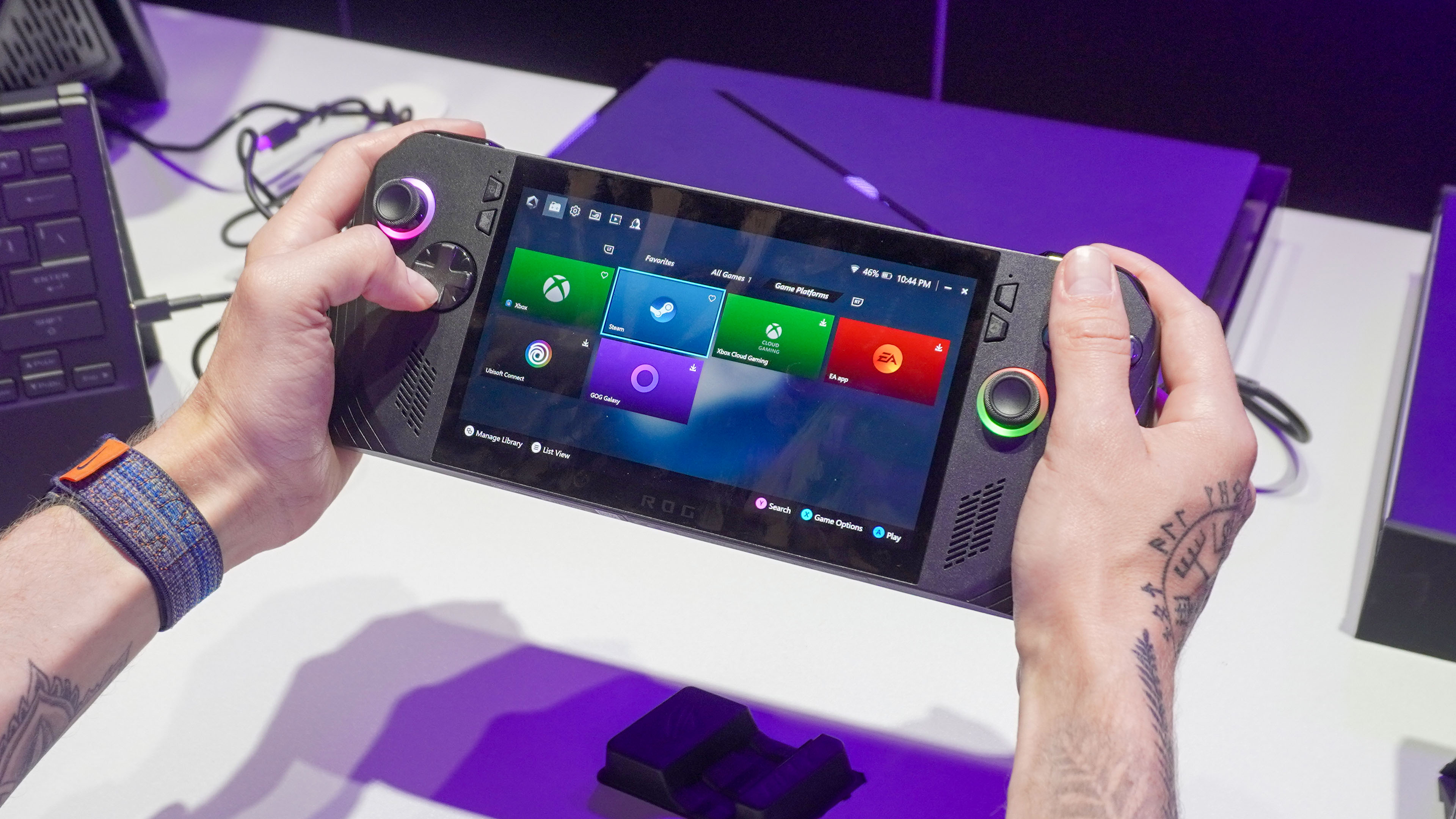
A higher price
Let’s cut to the chase: the Asus ROG Ally X is freakin’ expensive!
At $799, it’s $150 more than the ROG Ally with the AMD Ryzen Z1 Extreme chip and $300 more than the model packing the base Z1 chip. Asus’ handheld is also $150 more than the high-end Steam Deck OLED, only without a fancy OLED display.
While the ROG Ally X has longer battery life and better performance, the high cost might deter you from upgrading. You won’t miss much by sticking with the regular ROG Ally, or better yet, getting a Steam Deck OLED instead.
Windows 11 (still) sucks for handhelds
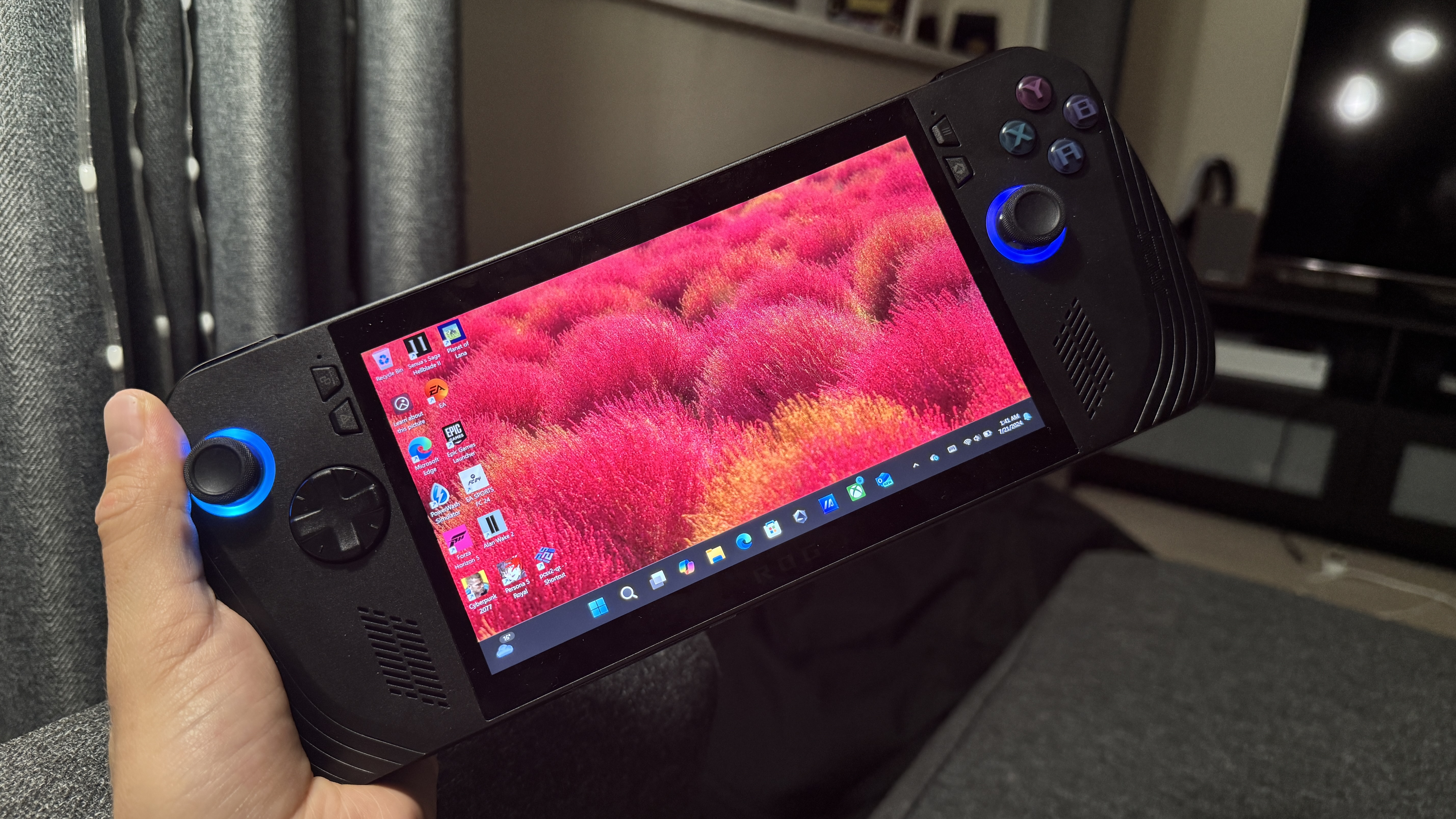
I’ve said this before and I’ll say it again: Windows 11 sucks for handhelds. Sure, the touch screen is plenty responsive when navigating through the operating system’s menus, but the fact we’re forced to use the touch screen because Windows 11 doesn’t always recognize controller inputs prevents this and similar machines from feeling like dedicated handhelds.
But in the interest of fairness, you’ll mainly deal with Windows 11 when setting up the system, as Asus’ Armoury Crate launcher opens on start-up and lets you easily browse and select games from your library. I’m also pleased to report that, even though you’re taken to a game’s launcher when you select it, you’re returned to Armoury Crate when you exit to the desktop. This means less time dealing with Windows 11 directly.
As we said in our ROG Ally X review (and I’ve said dozens of times before), Microsoft needs to create a gaming handheld-centric version of Windows 11. Yes, I can access most games through the updated Armoury Crate launcher, but as I said, I don’t want to see the Windows 11 interface when using these machines.
Asus ROG Ally X: Outlook
Despite the lofty price and Windows 11’s annoyances, the Asus ROG Ally X is an overall solid update to an already excellent handheld.
Given the tangible improvements, most notably better battery life and performance, I have reason to believe Asus will deliver something truly great when it releases the equivalent of an ROG Ally 2. I have no idea when or if that will happen, but I’m excited about the possibility.







